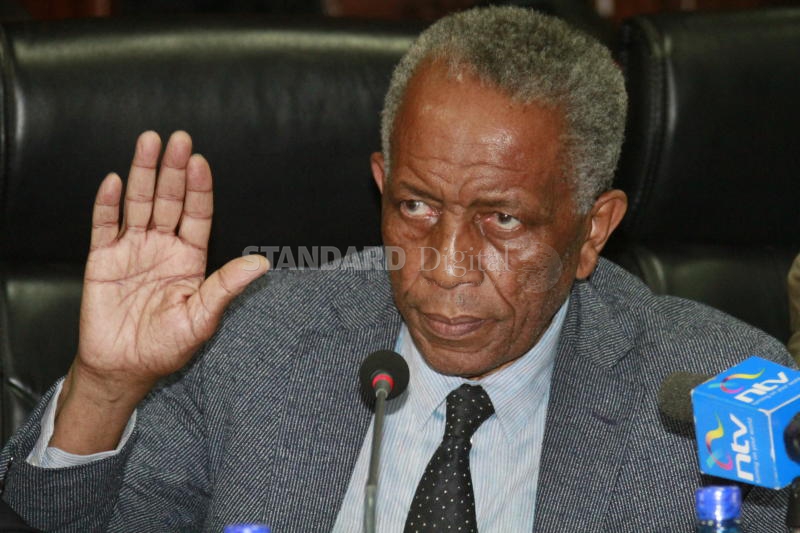×
The Standard e-Paper
Join Thousands Daily

The collapse of a bank three decades ago kicked off a chain of reactions and errors by State officials that are now behind one of the biggest land ownership mysteries in Kenya today.
As Parliament investigates whether the Government paid more than Sh2 billion for a piece of land in Ruaraka that it allegedly owns, a trove of documents dating back to 1984 raises more questions over who the owner of the land along Thika Road really is.